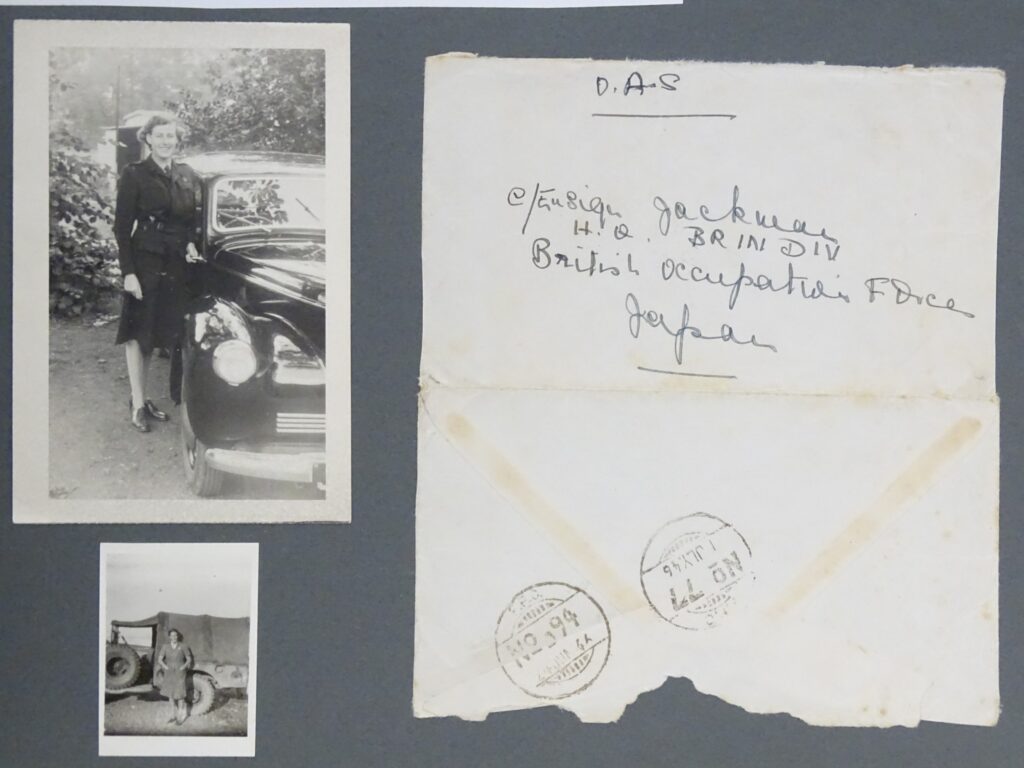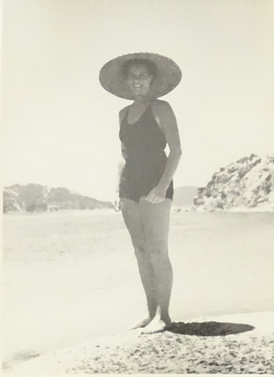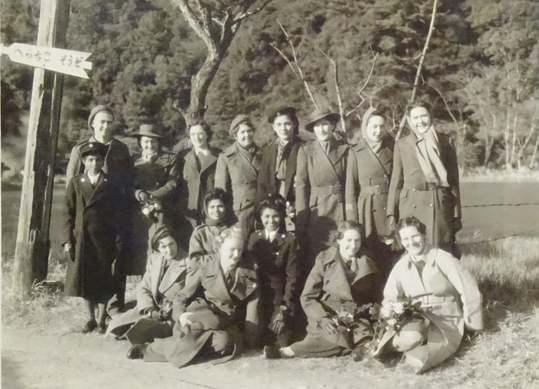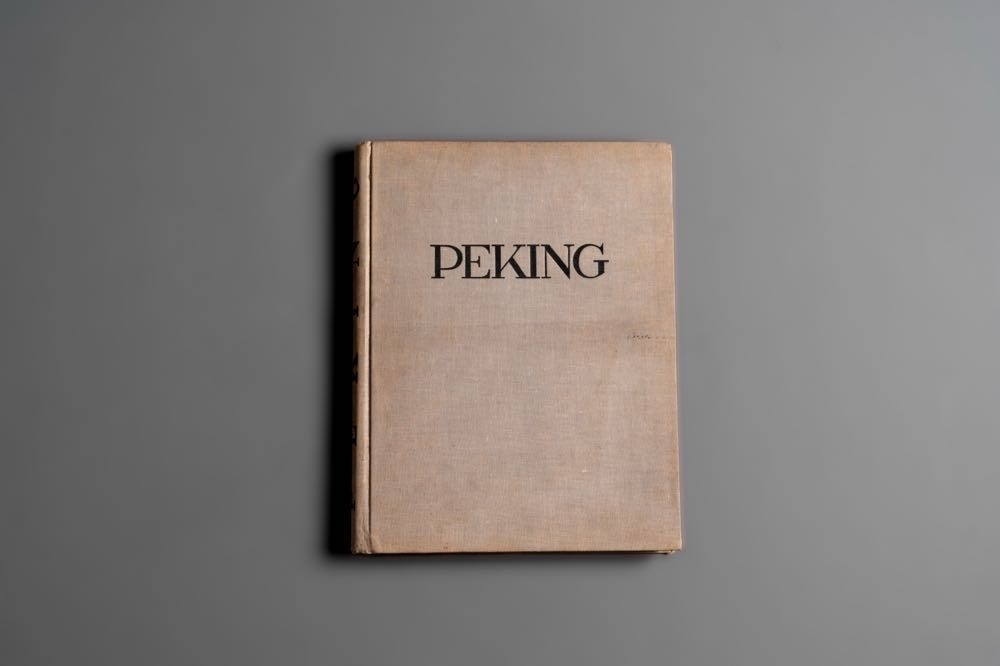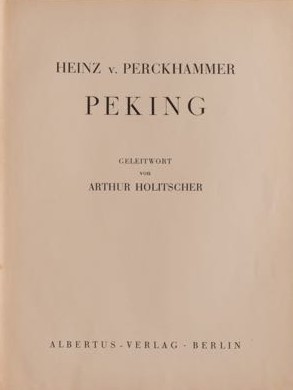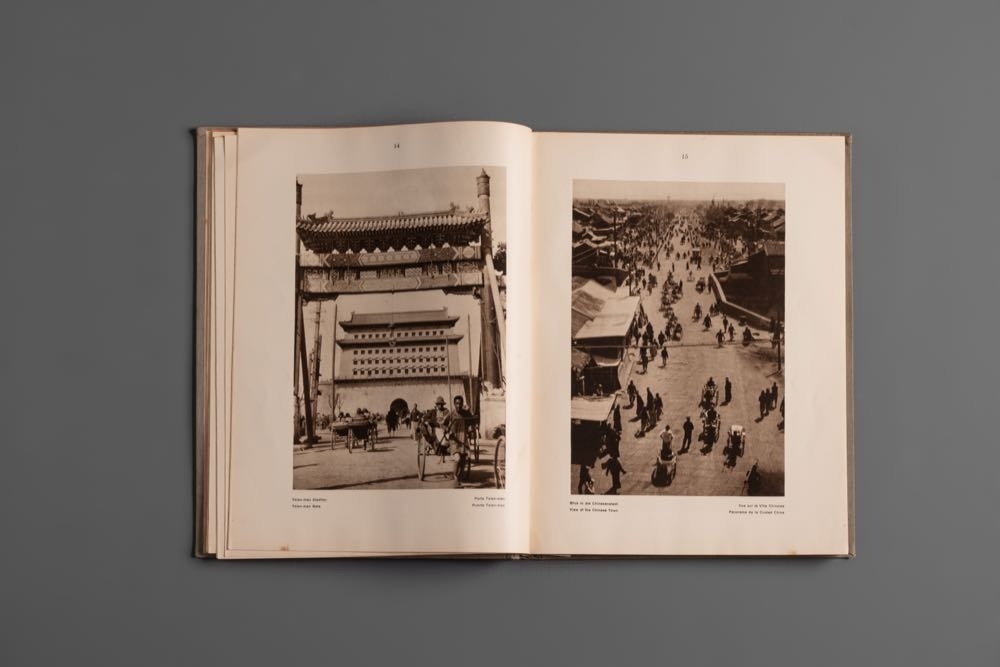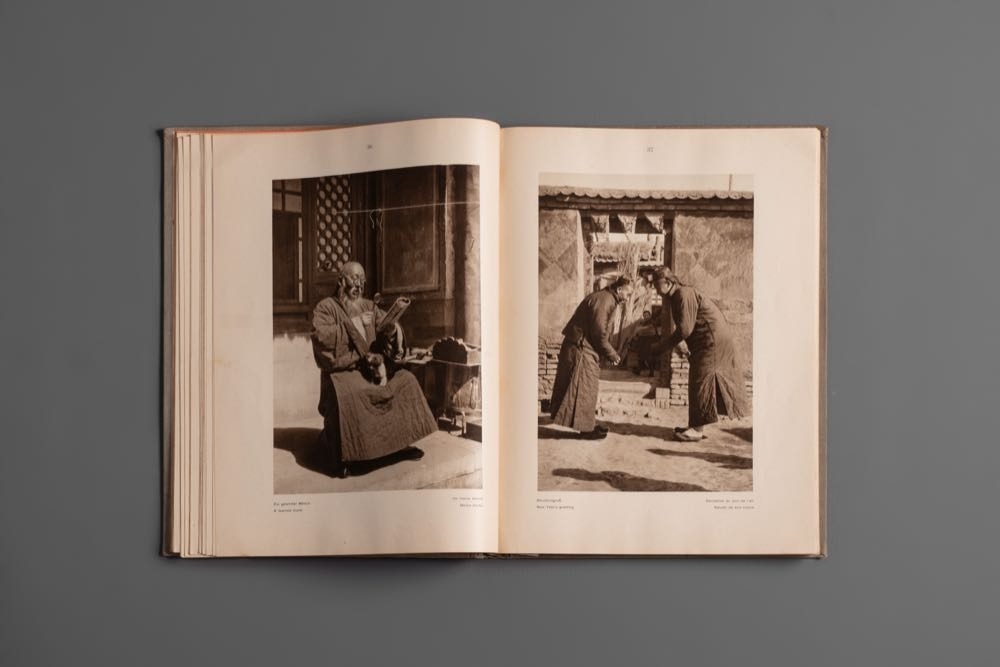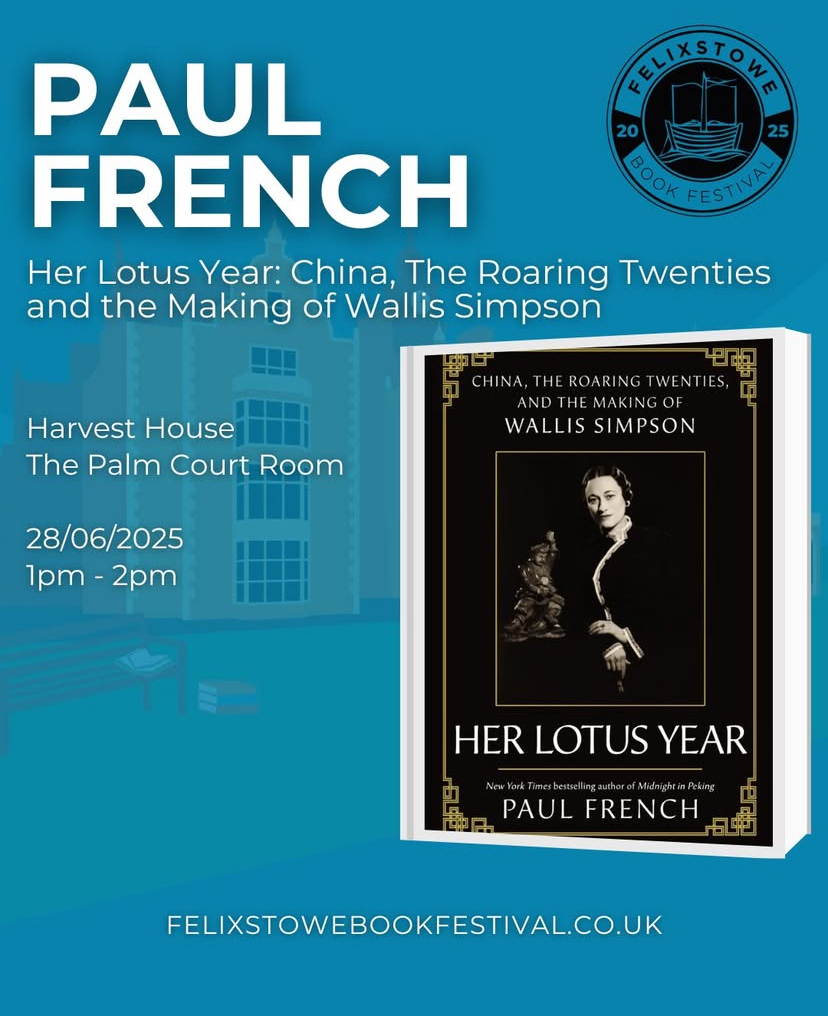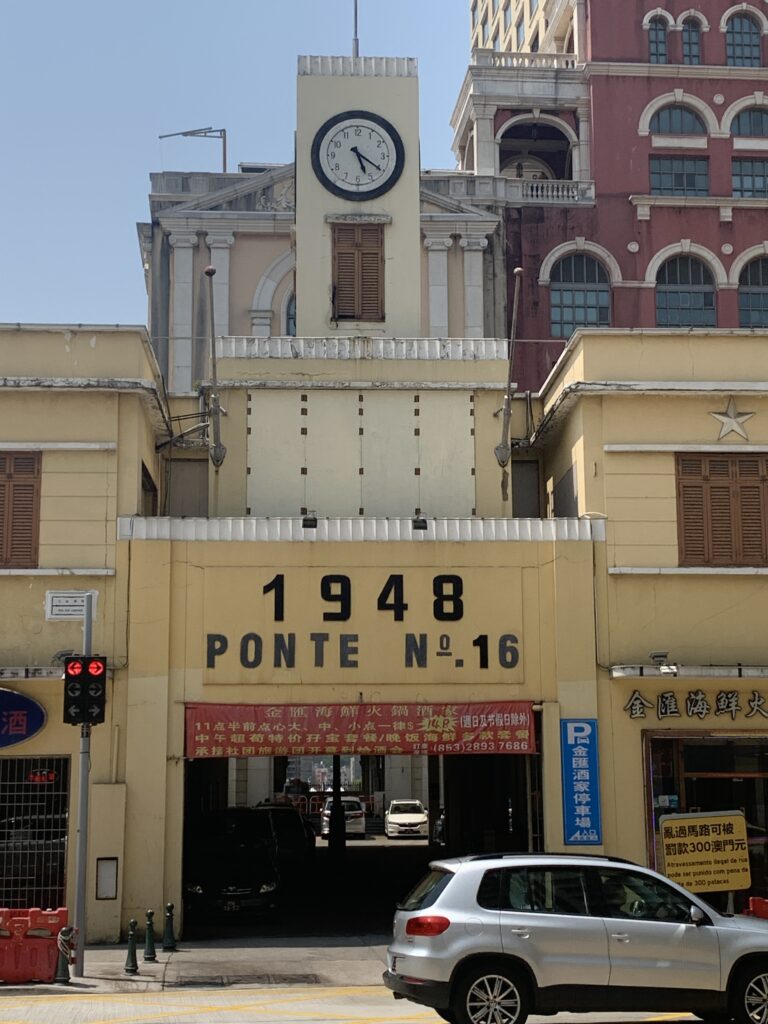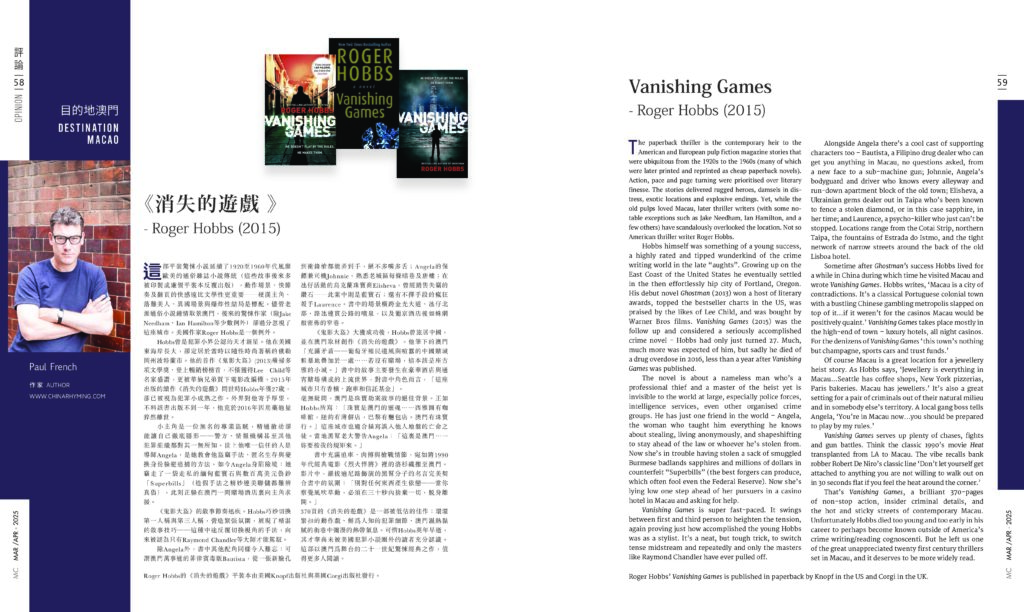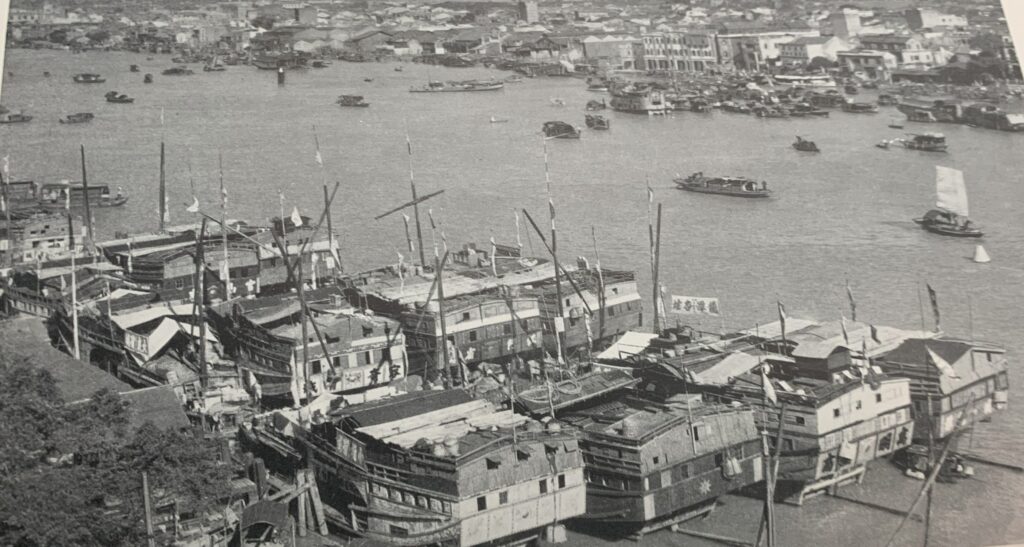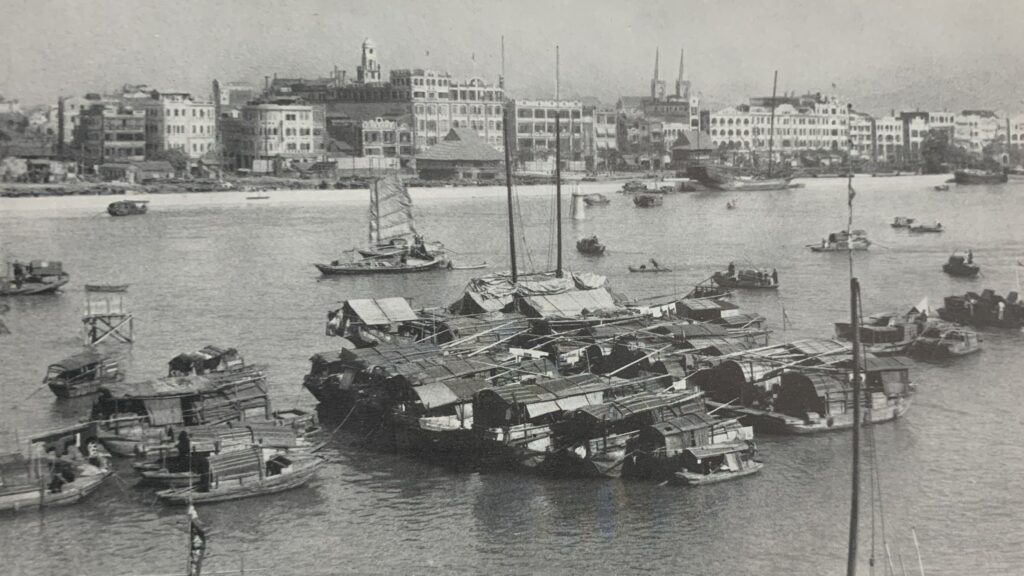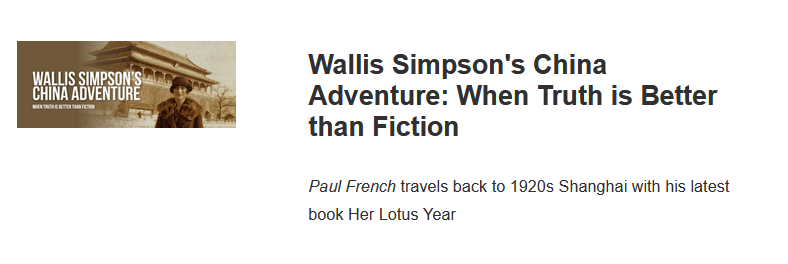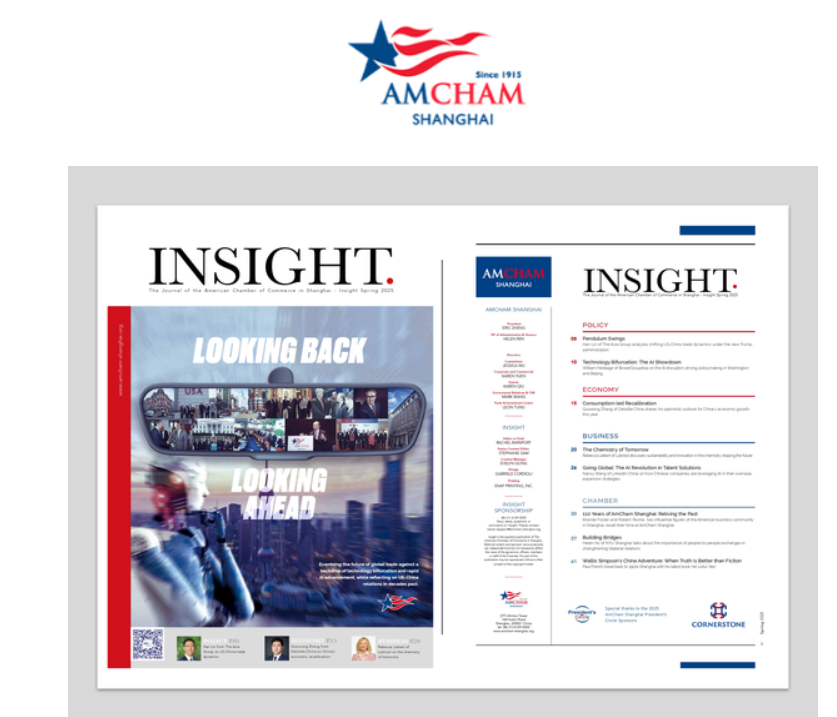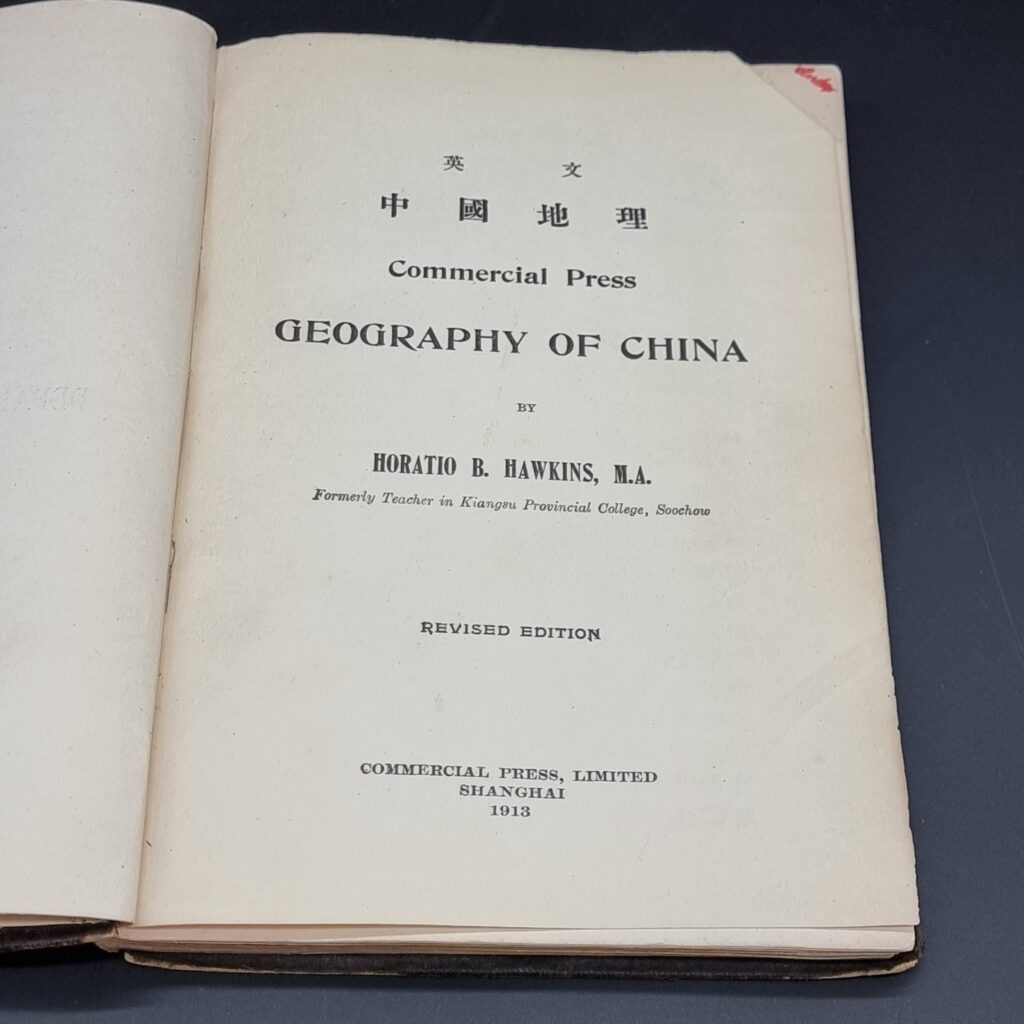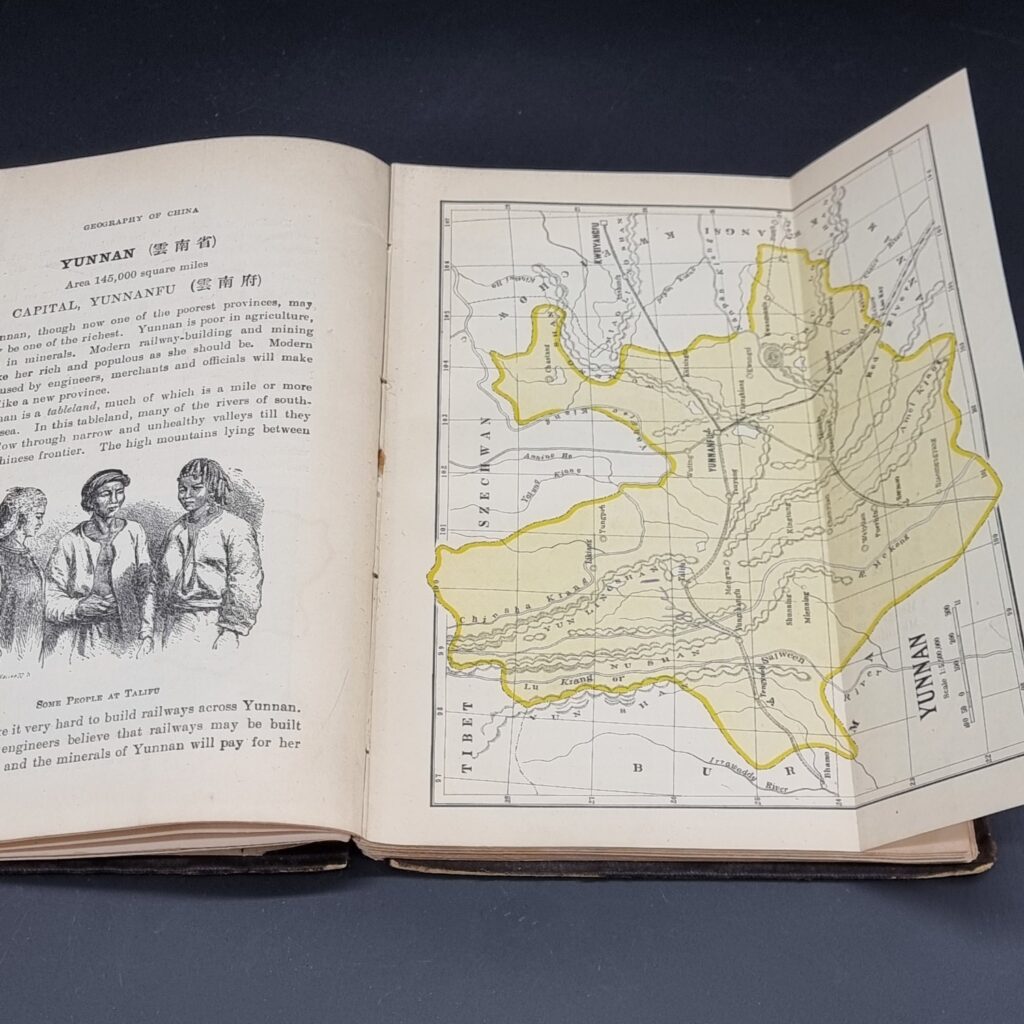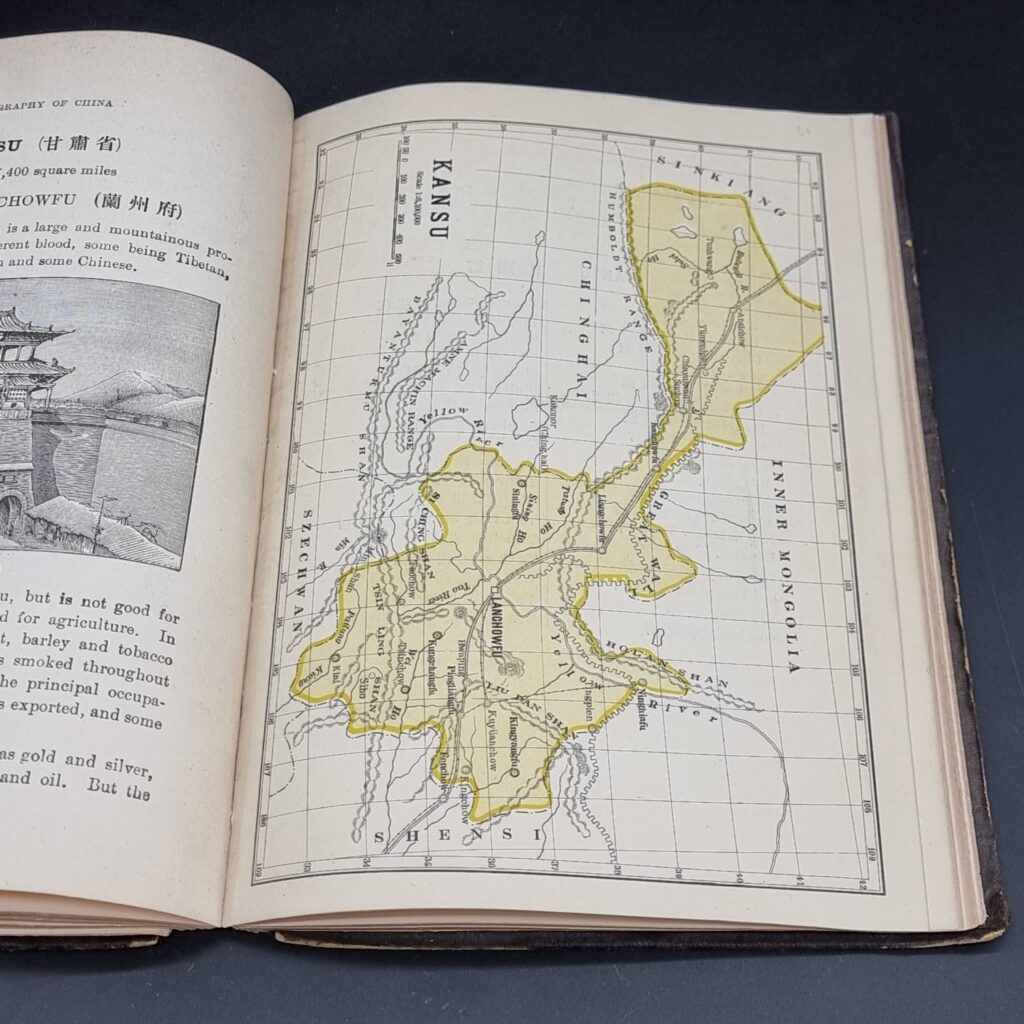All things old China - books, anecdotes, stories, podcasts, factoids & ramblings from the author Paul French
Posted: April 26th, 2025 | No Comments »
Interesting photographs of Winifred Jackson (I think from Kent) and other British women in post-war occupied Japan with the British Commonwealth Occupation Forces (BCOF). BCOF supported the American government in Japan and included British, Indian, Australian and New Zealand personnel between 1946 and 1952. Despite the dominance of the Americans (in reality and certainly culturally) the BCOF was about 25% of the post-war occupation foreign forces presence. They were involved in demilitarisation and the destruction of surplus war materiel. BCOF HQ was at Kure Port near Hiroshima…
Posted: April 25th, 2025 | No Comments »
Perckhammer (1895–1965) was a Tyrolean photographer best known for his Chinese nudes (now rather controversial) and Peking street scenes. He had been a Japanese prisoner or war captured in Tsingtao (Qingdao) in World War One. Both his Chinese nudes (mostly taken in Macao brothels) and Peking scenes books appeared in 1928. He moved to Berlin in the 1930s and was a photographer with the Waffen SS!
Posted: April 24th, 2025 | No Comments »
A heads up if you’re planning your summer road trips – I’ll be at the Felixstowe Book Festival 2025 on June 26th – a rather lovely spot….
Posted: April 24th, 2025 | No Comments »
If one place perhaps symbolizing the history of Macao it is Ponte Cais #16 at the junction of Avenida de Almeida Ribeiro and Inner Harbour in Santo António parish. At the moment the area is something of a construction site and the architectural abomination that is the Macao Sofitel is next door and overshadowing sadly.
This is originally where both indentured labourers and opium were sent from. In 1948 it was upgraded from a wooden wharf into a cement wharf and was for some time the main terminal for passengers from Hong Kong and Macau until 1962 when it became a cargo-only terminal after the relocation of the Hong Kong – Macao Ferry Terminal.
Posted: April 23rd, 2025 | No Comments »
My latest column for Macau Closer magazine (the March-April issue) on Roger Hobbs’s 2015 thriller Vanishing Games….. the book is mostly set in Macau and moves along apace… here the book’s blurb…
A lifetime ago I had a mentor, Angela. She taught me how to be a criminal, how to run a heist.
And now, six years after she vanished and left me high and dry on a job in Kuala Lumpur, she’s sent me an SOS.
Or at least I think it’s her. If it is, then I’ve got to go. I owe her that much.
So soon I’ll be on a plane to Macau, either to see a friend or walk into a trap. Or both.
But that’s the way I like it. Sometimes the only thing that makes me happy is risking my life.
Posted: April 21st, 2025 | No Comments »
In November 1924 Wallis arrived, courtesy of the Royal Navy (and therein lies a tale!), in Canton (Guangzhou), steaming up the mighty Pearl River to the foreign enclave of Shamian Island. Due to fighting in the city she stayed in the enclave and only saw the great city from the deck of the ship…
Her Lotus Year: China, the Roaring Twenties and the Making of Wallis Simpson is available everywhere in hardback, e-book and audiobook now…
Posted: April 21st, 2025 | No Comments »
Posted: April 20th, 2025 | No Comments »
Horatio Hawkins’ Geography of China, 1913, published by the Commercial Press (Shanghai). Hawkins was a teacher at a provincial Chinese college, Soochow (Suzhou) and had worked for the Imperial Maritime Customs (in Santuao for a while – now Sandu Ao in Fuzhou) and the Chinese Maritime Customs Service in Manchuria, including a spell as a teacher at the Customs Service College in Shenyang. During World War Two he worked for the US Foreign Economic Administration in India and China and later the United Nations famine relief team back in China. I believe he was originally from San Francisco, experienced the Xinhai Revolution in 1911, indulged in trading in Shanghai

